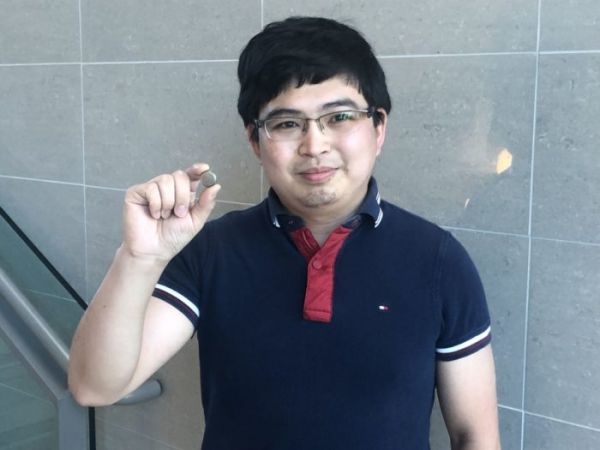New materials engineering research led by Western could translate into significant real-world benefits like greater range for electric vehicles and longer battery life for cell phones.
Researchers from Western Engineering, Western’s department of chemistry and Soochow University-Western University Centre for Synchrotron Radiation Research collaborated with the Canadian Light Source (CLS) at the University of Saskatchewan on a pair of studies to determine if they could harness the might of phosphorene while mitigating its two main deterrents – cost and durability – and they’ve done it.
The theoretical capacity of phosphorene – a two-dimensional material, which consists of a single layer of black phosphorus – is almost seven times that of anode materials currently used in lithium-ion batteries. Currently, commercially-available black phosphorus is costly, at roughly $1,000 per gram and it also breaks down quickly when it is exposed to air.
Continue reading at Western University.
Image via Western University.


